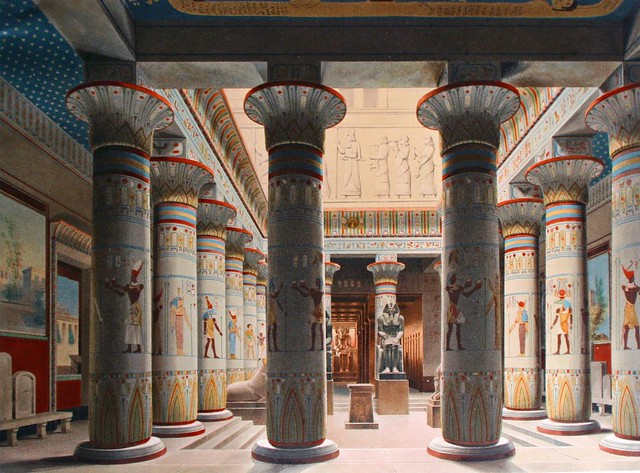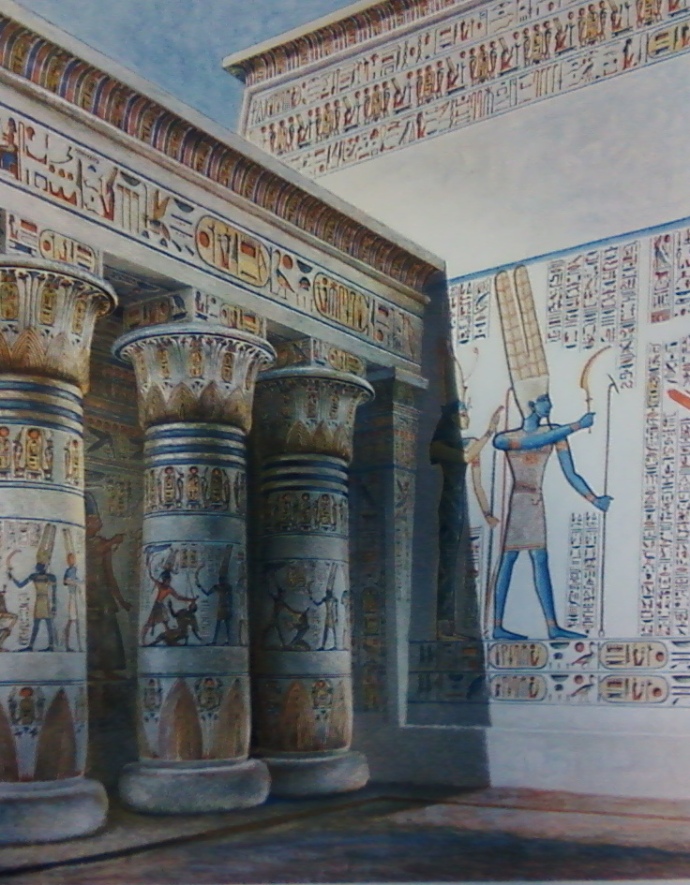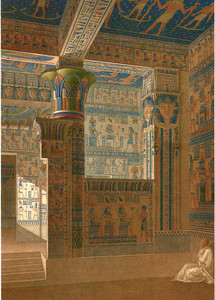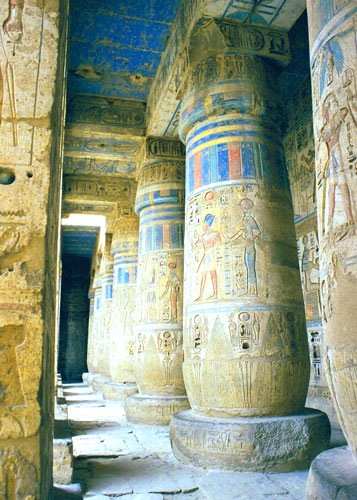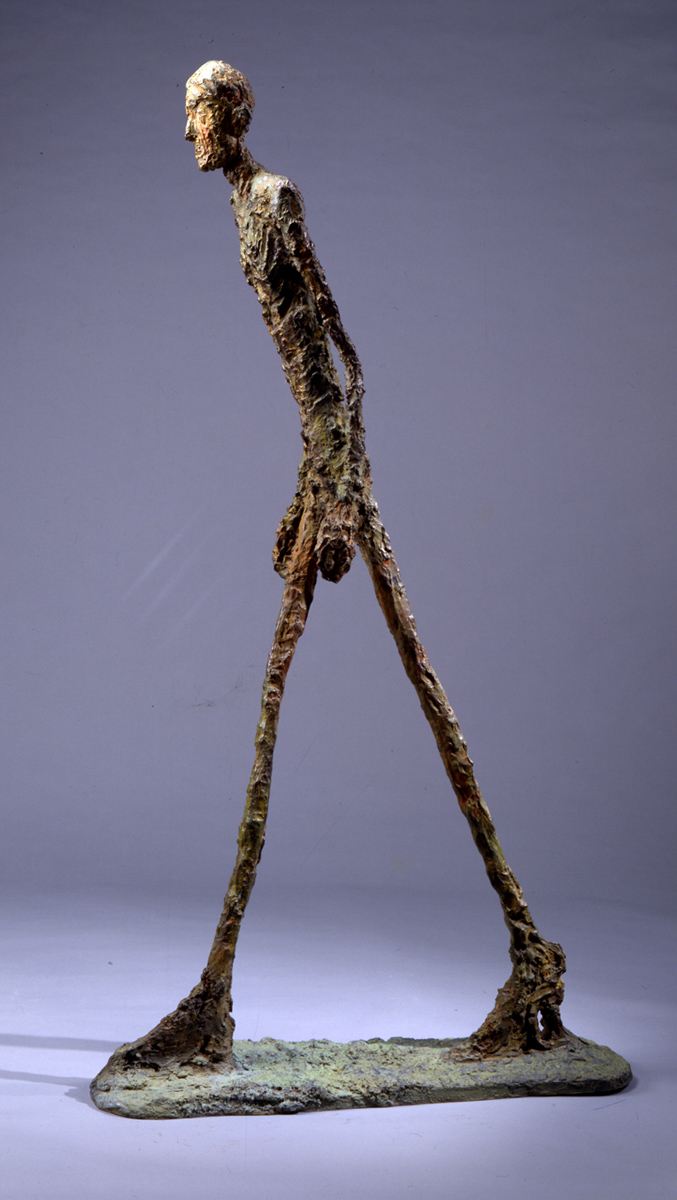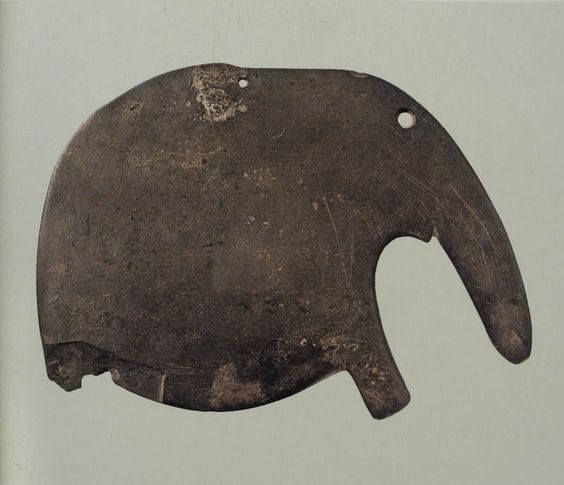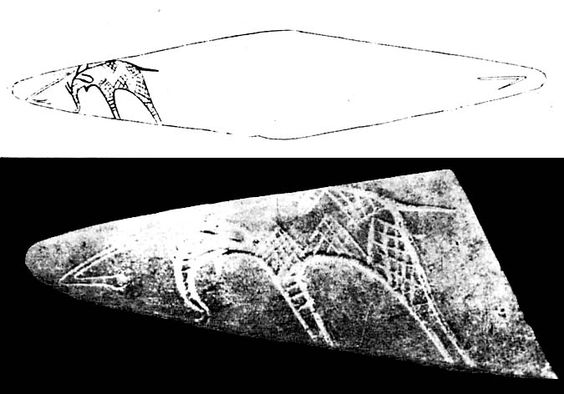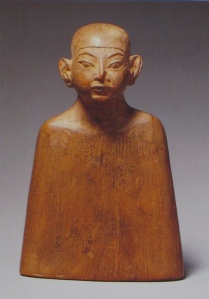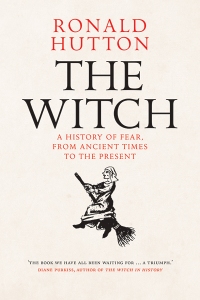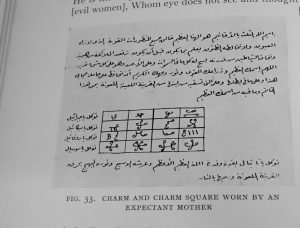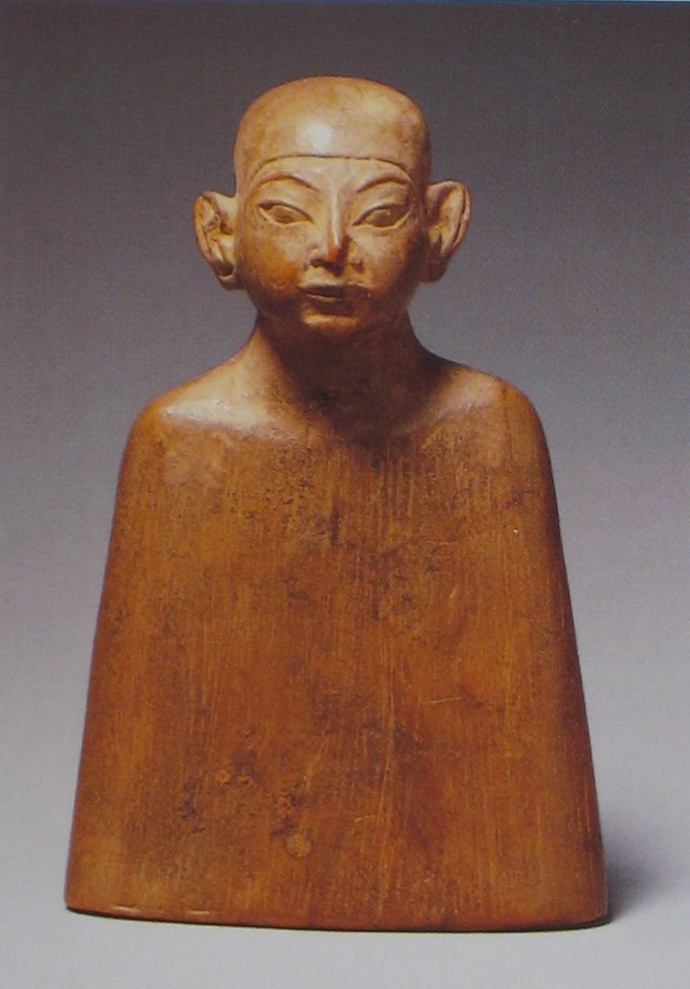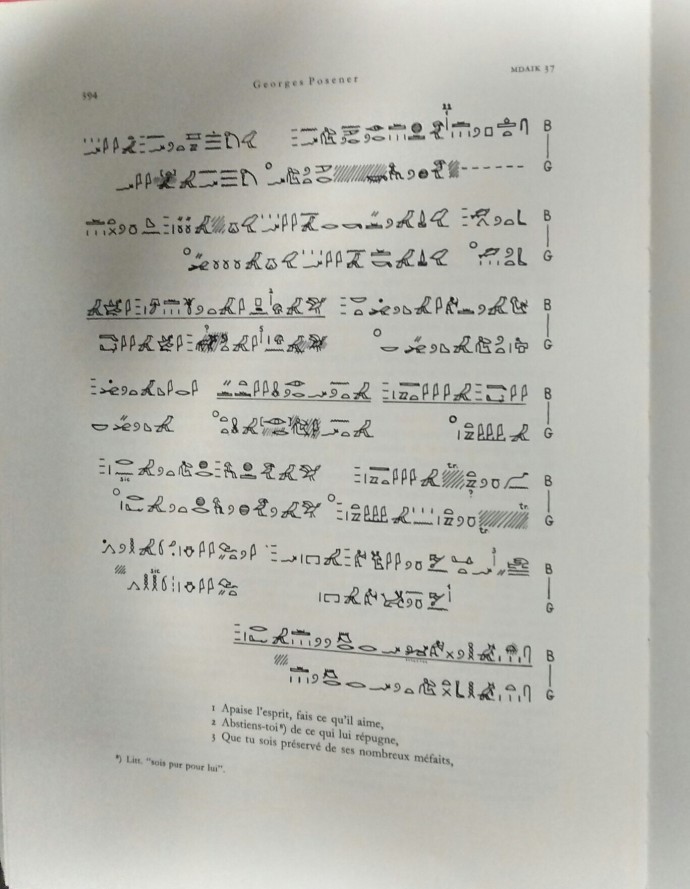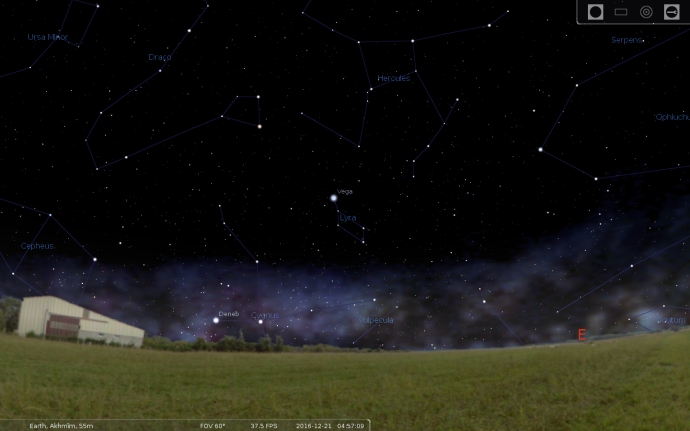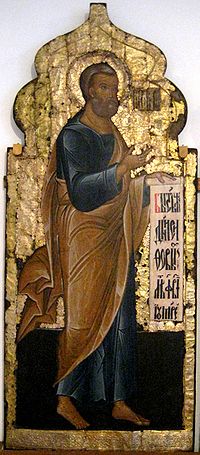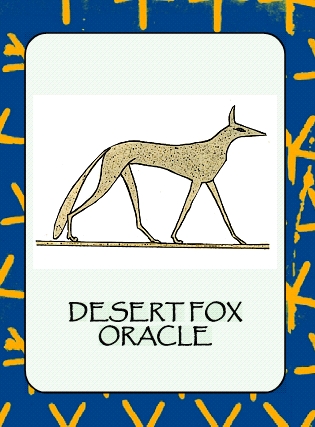“The Witch: A History of Fear, from Ancient Times to the Present” Ronald Hutton 376 pages Publisher: Yale University Press (1 Aug. 2017) Language: English ISBN-10: 0300229046, ISBN-13: 978-0300229042
“Fear of Flying” is of course the title of Erica Jong’s groundbreaking feminist novel. It seems appropriate here where Professor Ronald Hutton’s previous work has sometimes been seen as a debunking of a community’s treasured foundation myths but which nevertheless continues to lionized him, some sections of it at least. But he writes a good book although to my mind, he does like to bury the punchline at the end when sometimes it might be more important to have the thesis of each chapter at the beginning. Thus “The Witch” , in the sense discussed in this book, is, imo, essentially a victim of a false accusation of causing supernatural harm. RH takes an excursus through five other aspects of this, and doesn’t quite say it, but the survey of the data pretty much leads to the obvious conclusion.
The 5 other characteristics of the stereotype are:
1. Causes harm by uncanny means
2. Internal threat to a community
3. Witch works within a tradition
4. The witch is evil
5. The witch can be resisted
RH also rejects the useful concept “magical practitioner” in favour of the perhaps inelegant neologism “service magician” – a witch-doctor, ie offering remedies against witchcraft. One might wonder why the need for a neologism, does it serve to further eradicate the contemporary practitioner from the discourse? I also wondered why the author agonized about his choice of BC instead of BCE which is a new convention of our times that, among other things, signals a desire to avoid ethnocentric bias. If he has said nothing we might not have noticed but RH in this book says he made a choice in order to “”honour” Christianity.
It is interesting to see how the history/sociology of it looks when one views it without the old presupposition of a magic/religion split. Initially RH follows a modified, more nuanced version of this but actually, as the book progresses, he makes much of the absence of such a dichotomy within Egypt, where he has come to accept the consensus, which I’d say is a view long held by the contemporary practitioner, of that centrality of Egyptian magick. (Although RH doesn’t ever. as far as I can see, actually acknowledge any insights coming from that quarter). This is normal for academia of course, although I feel this is an untold story here.
RH’s survey of Egyptian “survivals” in Europe is very interesting and includes an example from the temple complex at Woodeaton in Oxfordshire, where a spell uses a Hebrew divine name in its invocation” in a manner that demonstrates the reach of the Greco-Egyptian magical papyri. “None of this” he says “proves that it was
Egypt that developed & exported the tradition of complex ceremonial magic; but it does make it very likely” practitioner & academic views now at one on this.
Although he then says that the distinctive contribution of Christian Europe itself to magic is confined to the use of the circle, cardinality (directions) and the pentagram (p115) tho I think we’d have to say even here there is clear middle eastern influence – eg the pentagram is used magically in the magic of the 7 seals, an “interfaith” tradition, ie Christian, Jewish & Islamic, and was ubiquitous in medieval compendia such as those of Al Buni. Cardinality is also a thing in Egypt but perhaps more as a rectilinear space rather than circle.
“The Egyptians” He says “made no distinction between magic & religion, did not distinguish demons as a class of supernatural being (actually they did but) & had no concept of the witch figure”. As so often is the case, Egypt past and present provides an important counterpoint in to the European witch panics. One idea, advanced in this book is that a belief in the “evil eye” has a dampening effect on accusations of witchcraft, because it is seen as an involuntary trait best dealt with by counter measures. The notion of the “evil eye” is well known from the near east but it is actually fairly ubiquitous in Indo-European and Semitic worlds, as one of the key sources, quoted by RH makes abundantly clear: “All witches possess the evil eye … and this is the way they produce their maleficia … Germans look in suspicion on those with red eyes, often it is the red or glaring eye that is to be feared” A Dundes “The Evil Eye”
You have to wait until the penultimate chapter for this “dampening” hypothesis of RH’s to be fleshed out – comparing incidence of witch trials in the so-called “Celtic fringe” ie Gaelic speaking areas with those in more Norman/Protestant realms. With the assumption that belief in the evil eye and fairies is more prevalent in those same areas this might also account for a supposedly significant difference in the number and intensity of the accusations – and absence of idea of satanic witch. It’s an hypothesis with much data still to collect … Problematic is that RH also contends at the same time that fairy lore is a late medieval construct – and one for which one has to read backwards from 19th century accounts.
Shamanism, is another area RH examines in some details as a possibly source of the nocturnal flight of European witches. He has Carlo Ginzberg’s masterly thesis “Ecstasies: decoding the witches’ sabbath” which in the end RH hopes to have refuted, whilst at the same time being somewhat effusive in his affections for the rival scholar’s work.
Shamanism can be a vague term, perhaps we should distinguish Shamanism with a capital S with shamanism with a lower case s. Sometimes it is all about the magick of Siberia, whence the term originates but it has become generalized as a synonym for a particular kind of magic. I find it difficult to find any so-called “shamanic” practice that isn’t also a part of well known magical religions, if you dig down deep enough.
Nordic Seidr is a good case in point, as RH points out, its “shamanic” elements could be survivals from a prehistoric past, therefore native to the Norse but equally could be a result of direct contact with
#Sami &
#Finns. Hosts of the Night
Turning now to origins of the witch stereotype in myths of the night demon – Although the “Margaret Murry thesis” that witches were worshipers of a pagan religion that has survived from antiquity is widely rejected, but… There is something in the mediaeval belief in bands of night roaming ancestors, the dead, led by a pagan goddess such as Diana could be regard as an ancient pre-christian religion, but how to prove? (p136). And of course there is also a relationship between these myths and the magical practitioners, what RH calls “service magicians”.
Could these be accounts of local cults that have been glossed by classically aware clerics? Carlo Ginzberg in his “Ecstasies deciphering the witches’ sabbath” a book much admired by RH, seems aware of the same issue in his research into visionary traditions in Italy. Although presumably even a local ecstatic cult might have some connection with Italy’s Roman past?
But in the end, despite his obvious admiration for Carlo Ginzberg’s work, RH tries to refute it, falling back on his standard thesis, that most pagan survivals are in fact Christian creations! Needless to say, I’m with Ginzberg on this
Chapters continue with the persistent attempt to refute Ginzberg “shamanistic elements” etc, with mixed results as the picture that emerges from, from what cannot be an exhaustive survey of a big territory, the whole of Europe, is that there are constant examples of clear survivals of pagan magick, eg the striges of Rome – Egyptian magick, the grimoires, PGM etc, etc. But this is separated from the supposedly illiterate victims/members of satanic witchcraft cults. The familiar distinction is made between witches and “service magicians” even when the examples show they are sometimes one and the same?
Thus “When Edward Bever” writes RH “considered C17th trial records of south west Germany, he acknowledged that the region abounded with traditions of a parallel spirit world, operating independently of the orthodox Christian one … ” Professor Hutton assures us that those the survival of pagan/pre-christian ontology is a common feature of witchcraft research, “it makes “remarkably little” appearance in actual trial cases”. Although it is this parallel ontology that collides & provides material for the Christian reconstruction of the idea of the “satanic cannibal witch” – the unique bogey of the witch panic?
A lot seems also to hinge on the issue of “shamanism” (with upper and lower case s) and whether some aspect of the witchcraft is derived from the practice, strictly understood as being from Siberia. I’m beginning to think there might be a category error here – “shamanism” looks to me like another variety of magick – albeit originally with some distinctively Siberian aspects. The book ranges wide across so many European cultures, Ukraine, Lithuanian, Poland, Hungary. But still the similarities keep popping up, the class characteristics, perhaps not those of Siberian Shamanism but still those of ancient paganism.
The Fairy faith
The thesis that got away? : “There is a slight possibility” writes RH “that it had existed earlier in popular culture while not making an impact on literature, but the tales about contacts between humans and magical beings recorded by writers 1100 and 1250 seem to reflect traditions and experiences which spanned the whole of contemporary society” p233. This is classic RH, present both arguments but make it obvious which one he expects you to accept. So according to RH, belief in fairies or similar is a “late medieval construct” (p 233& 242) here he must be judging by the surviving records. But it also seems to me this is likely a universal phenomenon, and quite unlikely that before it erupted into the written discourse, people had never really thought about anything like that. Somehow I think whatever you call it, such beliefs are as old as humanity?
“In the early 20th century it was more or less orthodoxy among scholars of medieval romance, that the fays that play such a major part in chivalric tales across western Europe are descended directly from … Irish and Welsh figures. It has how been abandoned by most experts in the field … because it seems impossible to prove.” (p259) I’d say don’t give up, maybe just change your methodology.
In one of the closing chapters on RH turns to the almost universal connection between Witches & Animals although he tells us that among British witches there was an unique characteristic and this lies in the idea of the animal familiar, that they were “assisted in their evil deeds by demons in the form of animals” (262) . Elsewhere in the world witches are connected with animals as vehicles or companions but the animal is still essentially an animal, not a demon or Djinn.
In conclusion Professor Hutton returns to this idea of “pagan survivals” (p287) which is a phenomena which figures more in this book than others of his other as I recall. And indeed the whole issue of the primacy of Egyptian magical techniques and ideas. It is almost as if he’s letting back in an argument he is supposed to have long vanquished. But perhaps the sources will no longer allow such an exclusion? He therefore seeks to finesse this by focusing on how Christians throughout the period hold competing belief systems, ontologies, some of which are obviously very ancient. But he finds no need to call this a pagan survival – he finds the old “dichotomy between Christians and pagans as inappropriate – he prefers to ascribe it to the “dynamism, creativity and mutability of medieval and early modern popular culture.” Well yes, you could do that. But you might be splitting hairs a bit – persistence of ancient magical-religious ideas over time is clearly what’s shown by the material in this book & others – whether those who held them even thought of themselves as pagan is another, and unlikely I agree.
You can tell I found this a stimulating read but I feel I must point out to the practitioner, I doubt you will find anything very much in this book that will tell you how to be a witch. It all made me think of the problem for any historian of religion, how to be a person of faith & still write the kind of history expected of a professional, especially with ubiquitous British positivist bias. Let’s let RH have the last word: “Overall this book is not designed to restore the fear and hatred but to annihilate it, by providing a better understanding of the roots of belief in such a figure as the satanic witch.” p 280
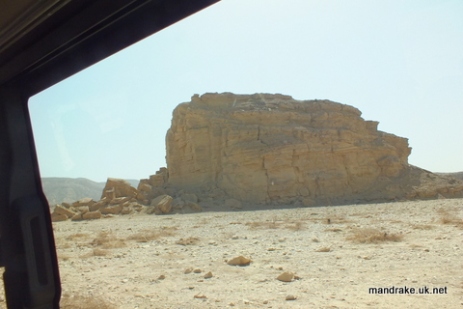


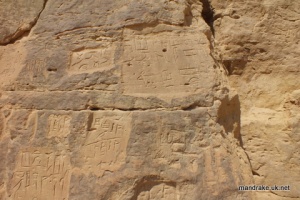
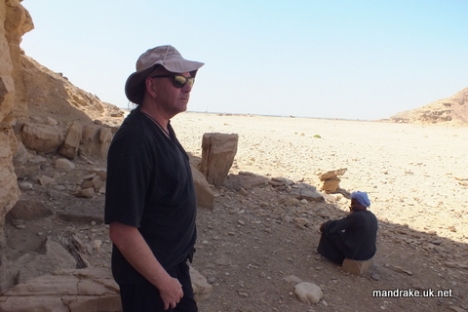
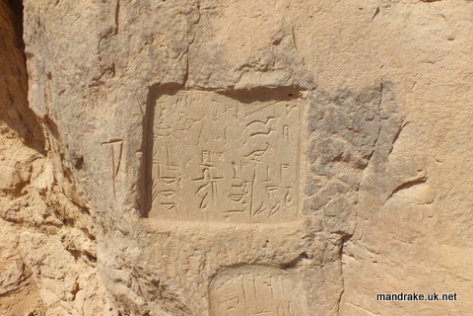
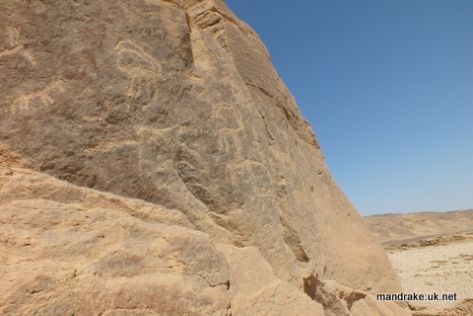
![[ All Art has been contemporary ]](https://i0.wp.com/farm4.staticflickr.com/3578/3357034756_02f2a2593f_z.jpg)
